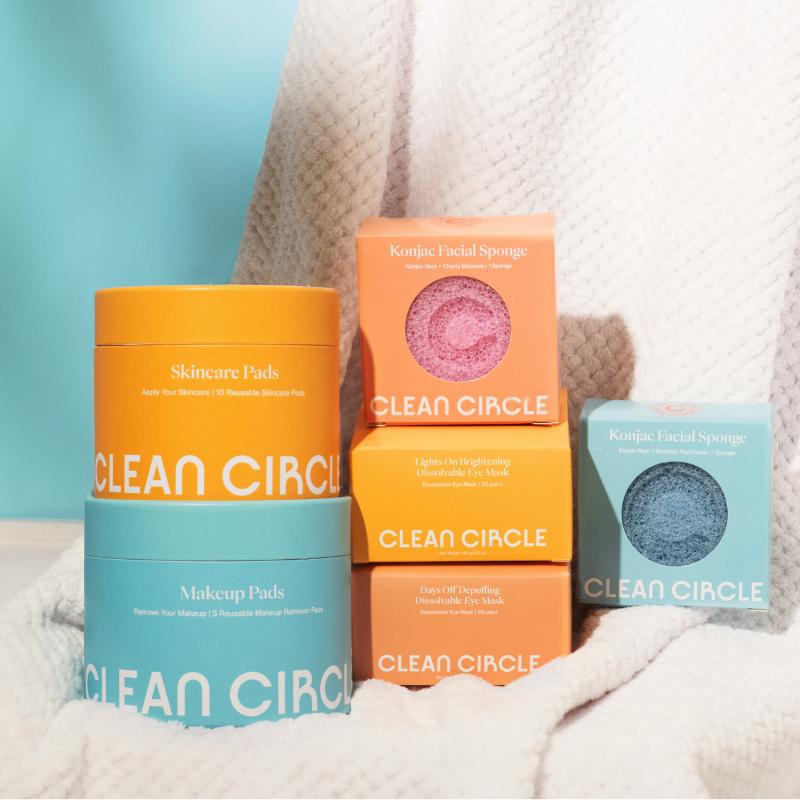DIY vs. Sustainable Products – Which is Better for the Environment?
Share
DIY vs. Sustainable Products – Which is Better for the Environment?
The demand for environmentally friendly skincare is everywhere. People want routines that help the planet—not harm it. But there’s a big decision to make: Is mixing your own DIY skin treatments better, or are products from the best sustainable skincare brands the right path? The answer isn’t simple. Clean beauty is more than a trend; it’s about real impact. Let’s look at both sides to see what matters for your skin and the earth.
Understanding DIY Skincare and Its Environmental Impact
DIY skincare is about crafting your own face masks, scrubs, or lotions using ingredients from your fridge or pantry. Think oats, honey, yogurt, or plant oils. This approach appeals to those who want total control over what goes on their skin—and what waste they produce.
Photo by Meruyert Gonullu
But how does DIY stack up against store-bought creams and cleansers? Some think it’s instantly greener, but it's smart to weigh every detail. The Environmental impact of skincare isn’t always obvious. Let’s break down the pros and cons.
Pros of DIY Skincare for the Environment
-
Minimal packaging: You can store creations in glass jars or reusable containers, reducing single-use plastics.
-
Ingredient transparency: You pick everything—no hidden microplastics or chemicals that harm water supplies.
-
Local sourcing: Chances are, your olive oil, sugar, or aloe vera gel comes from close to home. That cuts down carbon emissions from long-haul shipping.
Cons of DIY Skincare and Potential Drawbacks
-
Ingredient waste: DIY recipes sometimes need only a small amount, leaving leftovers to spoil. This can add to food waste over time.
-
Efficacy issues: Homemade skincare might not last as long. Preservative-free mixtures can mold, leading to waste and more frequent remaking.
-
Limited impact: DIY works well for some products, but sunscreens or complex serums require lab testing for safety—hard to match in a home kitchen.
Exploring Sustainable Skincare Brands and Products
When you don’t want to make it yourself, the next best option is choosing sustainable and eco-friendly skincare brands. These companies focus on keeping both your skin and the world safe. They stand apart by using recycled packaging, natural ingredients, and planet-friendly methods. It’s about the details, not just lip service.
A deeper look at how brands reduce their footprint and support green practices can change how you shop. Discover even more Eco-friendly skincare tips.
Key Elements of Eco Skincare Brands
-
Responsible packaging: Leading labels are swapping out plastic for glass, aluminum, or compostable wrappers. For example, The Earthling Co. uses compostable and recyclable packaging.
-
Thoughtful sourcing: Ingredients are often organic or wildcrafted, reducing pesticides and supporting soil health.
-
Refillable systems: Brands like Activist Skincare use refillable options to cut plastic waste every time you buy more serum or cleanser.
Success Stories: Best Sustainable Skincare Brands
Plenty of brands deserve credit for changing their entire approach, not just a label. From zero-waste pioneers to refillable product lines, the push for sustainable skincare is real. Sustainable Beauty Products offer options that fit nearly every need, proving eco skincare isn’t niche anymore—it's the future of beauty.
Affordability and Accessibility of Sustainable Options
Eco-friendly isn’t code for expensive or hard to find. Many affordable sustainable skincare choices now exist in big stores and online. Brands are working to shrink both costs and their carbon footprint, helping more people switch to better skincare without breaking their budget.
Making the Right Choice for the Environment and Your Skin
Both DIY and the best sustainable skincare brands bring good intentions. The real question is which fits your lifestyle, budget, and skin needs—while also doing right by the planet. Use this as your compass.
If you’re weighing options, start with a Guide to sustainable skincare, which gives practical steps without guessing.
Evaluating Environmental Trade-Offs
-
DIY skincare shines with minimal packaging and local ingredients but can waste food and energy if not done thoughtfully.
-
Best eco-friendly skincare brands invest in cleaner manufacturing, smart packaging, and ethical sourcing. While production still uses resources, these products are designed for long-term sustainability.
Safety and Effectiveness Considerations
-
DIY recipes may cause irritation or spoil easily. They’re tricky for complex skincare, like sun protection or retinol treatments.
-
Eco skincare brands test for safety, stability, and effectiveness. Their products clear more hurdles before landing on your shelf.
Conclusion
Environmentally friendly skincare is about making choices—big and small—that build a better future. DIY has heart, giving you control and cutting waste, especially for simple routines. Sustainable and eco skincare brands scale up the impact, offering safe, affordable products with the planet in mind.
Trust your instincts, stay informed, and explore both sides of green beauty. Whether you mix your own scrub or buy from the best sustainable skincare brands, every step toward responsible beauty helps the earth and your skin.

